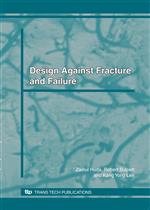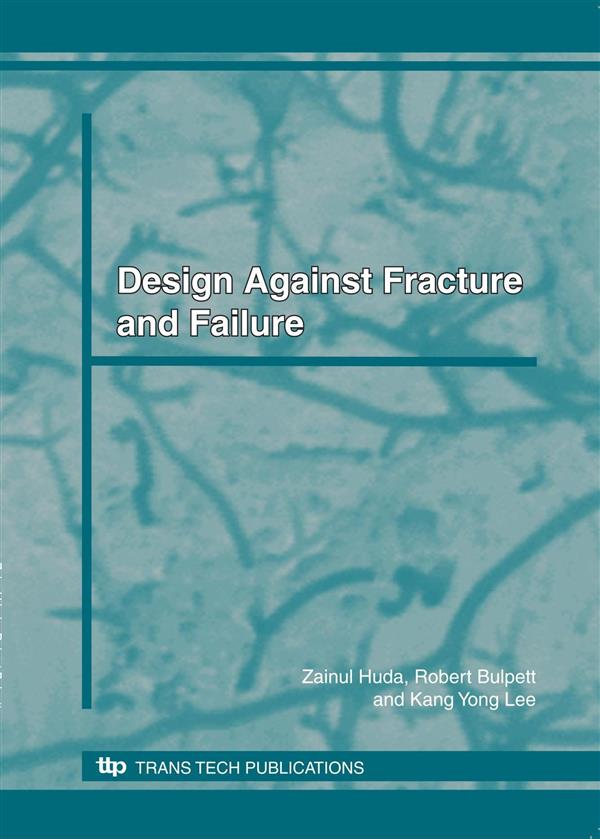Engineering Research
Materials Science
Engineering Series
DESIGN AGAINST FRACTURE AND FAILURE
Description:
The aim of this book is to develop, in the reader, the necessary skills required for designing materials, components and structures so as to resist fracture and failure in engineering applications. In order to achieve this objective, the authors have adopted a combined materials science-fracture mechanics-design approach. Although the material covered is designed for an advanced undergraduate course in metallurgy/materials engineering, students coming from mechanical, civil or aerospace engineering backgrounds will also be able to use this text as a course/reference book. In addition to students, practising engineers and production mangers will also find this book very useful; particular with regard to designing components and machine elements so as to resist fracture and failure in critical applications.
Purchase this book:
Info:
Review from Ringgold Inc., ProtoView:
Huda (materials engineering, U. of Malaya, Malaysia), Robert Bulpett (materials engineering, Brunel U., London), and Kang Yong Lee (mechanical engineering, Yonsei U., Korea) present a textbook for an advanced undergraduate course in metallurgy or material engineering that teaches skills of designing materials, components, and structures against fracture and failure for engineering applications. Their approach combines materials science and fracture mechanics design. First they set out the fundamentals of design and fracture mechanics, then turn to fracture and failure mechanisms, with a particular emphasis on metals. The third section is the heart of the book, however, imparting both theoretical and practice aspects of analyzing and preventing ductile, fatigue, corrosion, ductile-brittle transition, and creep failure. Chapter-end questions and problems are provided, but no index.

